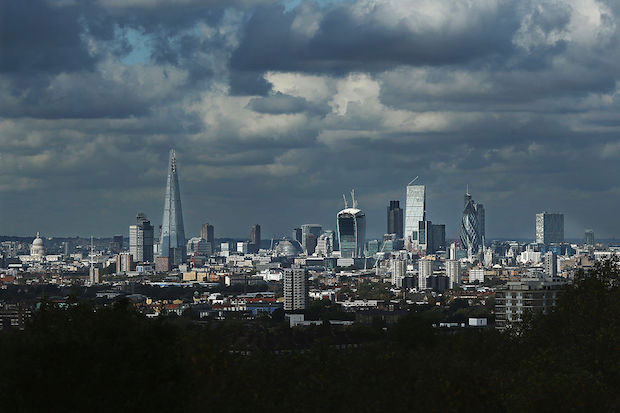Just over a year ago I believed that new challenger banks were on the edge of glory, about to kick off an era of better and fairer banking for everybody.
In an article for ResPublica I wrote: ‘When real colour is injected into the financial services industry, consumers will be better served and ultimately empowered to engage.’ New challenger banks were meant to deliver this colour, and to better serve customers. Alas, I wrong. New banks are simply not delivering better banking.
These new challenger banks are important because they’ve been held up as the white knights of banking. The story goes something like this: more competition will force bloated incumbents to get a little bit smarter and help to improve products and customer services across the board. Firms that don’t shape up risk customers voting with their feet, and helping to bring to life what the Financial Services Consumer Panel calls ‘consumers as co-regulators’.
It’s hard to argue against this narrative. Unencumbered by the legacy of misconduct and archaic technology, these new challenger banks (with their lower operating costs) were meant to fundamentally shift the banking landscape and drive up standards.
It’s certainly true that we’re living through a era of new banking launches. Since 2010, banks like Metro Bank, Charter Savings, Paragon Bank, RCI, Fidor and Atom Bank have all set up shop, with many more on the way. But this breed of new banks has yet to live up its promise.
Data from Smart Money People shows that, so far, new challenger banks are simply not delivering. This year customer satisfaction across seven challenger banks was 71.8 per cent (these banks include those launched since 2010 – Atom Bank, Metro Bank, Paragon Bank, Charter Savings Bank, Fidor, TSB and RCI Bank). Seven of the largest incumbent banks have an overall customer satisfaction rating of 78.8 per cent (HSBC, Barclays, RBS, Lloyds Bank, Halifax, NatWest and Santander).
That’s right, customers of new challenger banks are less satisfied than those of the big banks. And just this week it emerged that a burglary at one of these new banks, Charter Savings, had left 25,000 customers at risk of fraud.

As an ex-Big Four consultant, I know how hard it is to deliver change in financial services, let alone build a new bank. I’ve worked on projects to lower cost-bases, improve customer satisfaction, and to meet the requirements of another wave of regulation. I also worked on a project for months, only to see it canned when it was moved into the ‘too hard’ bucket, so I can sympathise with the challenges these new banks face. And while there’s time for them to deliver better banking, it’s also become clear to me that more new banks won’t necessarily deliver better customer outcomes for all, and that’s what is really giving me the chills.
These new banks aren’t aiming to offer every available retail banking product to everyone in the UK and via every distribution channel possible – they have highly targeted propositions and cheaper operating models. And while mobile app-based banks may be great for London hipsters, they won’t be competing for your mother’s current account anytime soon. Hailing these banks as white knights forgets that they’re not here to serve everybody, and we really can’t afford to forget about vulnerable or unfashionable customers like elderly rural dwellers.
Despite not delivering higher customer satisfaction, there’s still reason to be optimistic when it comes to new banks – after all, the launches of Tandem Bank, Starling, Civilised Bank and Atom Bank’s current account should help to heat things up nicely in 2017. But improvements for account-holders will take much longer than first anticipated, and more new banks won’t necessarily drive up standards for everybody. The only white knights we’re likely to see this December will be built of snow, have noses made of carrots, and look a lot like snowmen.
Mike Fotis is the founder of Smart Money People and a former financial services consultant






Comments